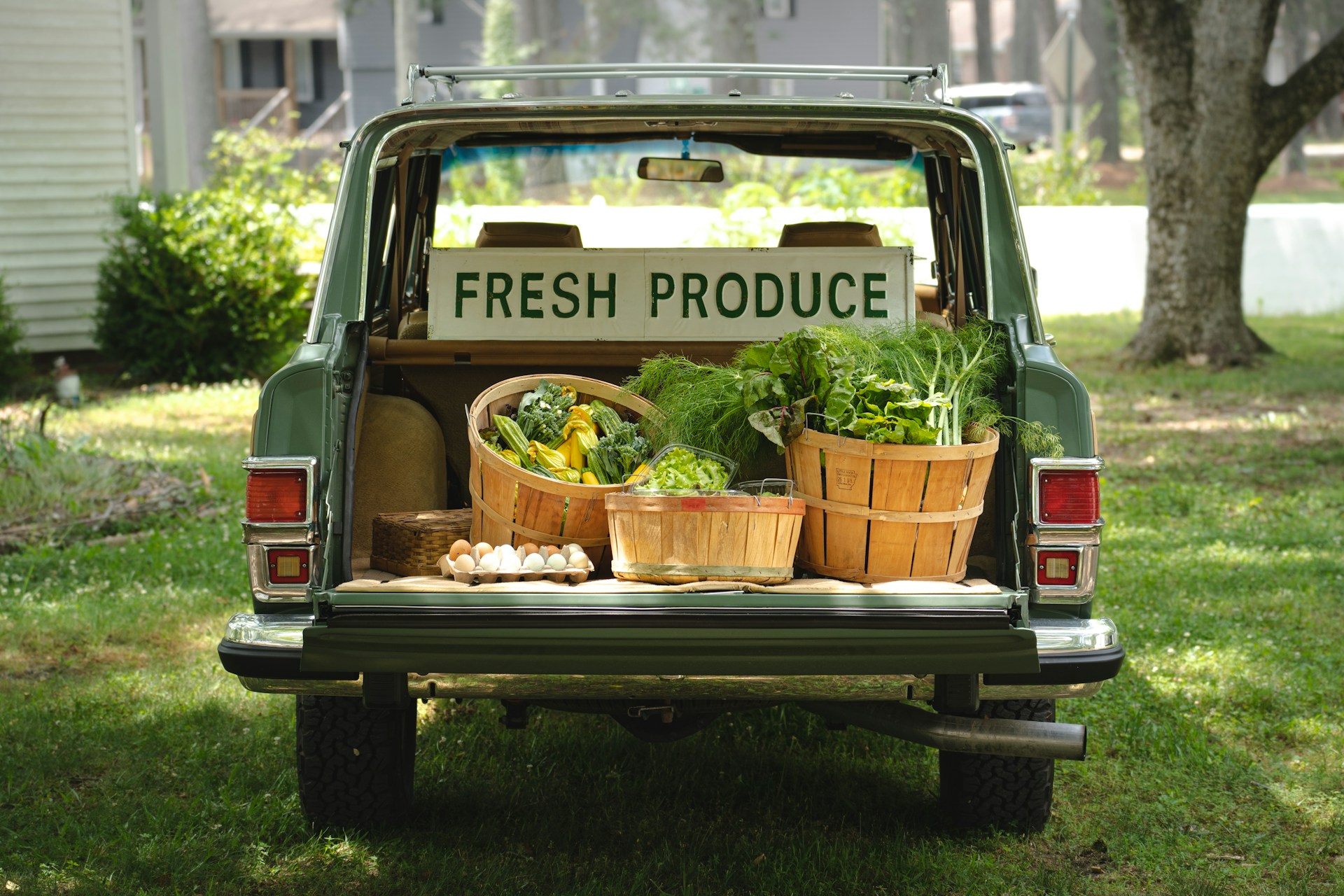
Transitioning to an organic lifestyle is a conscious decision to prioritize health, sustainability, and eco-friendly practices. However, with the vast array of “organic” products flooding the market, choosing the ones that truly matter can feel overwhelming.
This guide will help you understand which organic products to prioritize, how to differentiate genuinely clean products from marketing gimmicks, and practical eco shopping tips to incorporate into your daily life.
The Importance of Organic Living
Organic living isn’t just a trend; it’s a lifestyle centered on reducing exposure to harmful chemicals, supporting sustainable agriculture, and making choices that are better for the planet.
However, not all organic products offer the same level of impact. Understanding where your purchases make the biggest difference can help you focus on quality over quantity.
Why Does It Matter?
- Organic farming reduces the use of synthetic pesticides and fertilizers, minimizing harm to the environment and preserving biodiversity.
- Clean products reduce exposure to harmful chemicals for you and your family, safeguarding your health in the long run.
- Eco-shopping tips prioritize sustainable choices, reducing waste, and supporting ethical brands.
Start with the Essentials
When transitioning to organic living, start by focusing on the essentials that directly impact your health and the environment. Here are the top categories to prioritize:
1. Fresh Produce
Not all fruits and vegetables carry the same pesticide risks. The Environmental Working Group (EWG) publishes an annual list of the Dirty Dozen, which includes produce known for high pesticide residues, such as strawberries, spinach, and apples.
Prioritize buying these items organic. On the other hand, the Clean Fifteen list includes produce with thicker skins, like avocados and pineapples, which are safer to buy conventionally.
2. Dairy and Animal Products
Organic dairy products, eggs, and meat are worth the investment. These items often contain higher levels of Omega-3 fatty acids, as organic livestock are pasture-raised and fed organic diets.
Additionally, organic certifications ensure the animals aren’t treated with antibiotics or synthetic hormones, reducing potential health risks.
3. Baby Products
For families with young children, organic baby products are essential. From formula and food to clothing and skincare, selecting organic options minimizes exposure to harmful chemicals during this crucial stage of development.
Cleaning Up Your Home
Household cleaning products can be a significant source of toxins. Choosing truly clean products can safeguard your health and create a safer indoor environment.
4. Clean Cleaning Products
Switch to eco-friendly cleaning brands that explicitly state they are free of harmful chemicals like bleach, ammonia, and phosphates. Look for certifications like EPA Safer Choice or Ecologo as proof of eco-conscious practices.
5. Organic Skincare and Personal Care
Be wary of products labeled as “natural,” as this term is not regulated.
Instead, look for organic certifications or brands that disclose full ingredient lists, avoiding harmful substances like parabens, phthalates, and synthetic fragrances. Items like lotions, shampoos, and makeup can be an excellent place to start.
Avoiding Greenwashing
Not all “organic” claims are created equal. Learning to identify genuinely clean products is crucial in protecting your investment and ensuring your chosen products align with your values.
6. Read Ingredient Labels
Look for recognizable, simple ingredients. Avoid products with long lists of chemicals, even if they are branded as “organic” or “natural.” The fewer the ingredients, the cleaner the product is likely to be.
7. Look for Reputable Certifications
Certifications like USDA Organic, Ecocert, and COSMOS Organic are reliable indicators that the product has passed rigorous testing and auditing processes. These labels ensure the product meets specific organic standards.
8. Research the Brand
Transparency is key. Ethical, eco-friendly brands are often upfront about their sourcing, production processes, and community initiatives. If this information is vague or unavailable, consider it a red flag.
Eco Shopping Tips for Smarter Choices
Making eco-conscious decisions doesn’t have to break the bank. Apply these practical tips to maintain a sustainable lifestyle while being mindful of your budget:
- Buy in Bulk: Purchase dried goods like grains, nuts, and seeds in bulk to reduce packaging waste and save money.
- Shop Locally: Farmers’ markets and local co-ops often offer fresh, organic produce at affordable prices while supporting your community.
- Stick to Seasonal Produce: Fruits and vegetables that are in season are not only fresher but also cheaper and more sustainable.
- Choose Refill Options: When possible, buy refillable products, such as detergents and personal care products, to cut down on single-use packaging.
- Invest in Durability: Whether it’s reusable shopping bags or long-lasting bamboo kitchenware, spending a little more upfront saves money (and waste) in the long term.
Creating a Balanced Organic Lifestyle
An organic lifestyle doesn’t have to mean perfection. Focus on gradually incorporating organic items into your daily routine rather than attempting a complete overhaul all at once.
By prioritizing categories like produce, dairy, and personal care, alongside making informed choices, you can create a balanced approach that benefits both you and the planet.
Remember: The key to successful organic living is mindfulness. Small, thoughtful choices add up to significant changes over time.
Take the Next Step Toward Organic Living
Now that you’re equipped with the knowledge to prioritize organic products and avoid greenwashing, take your first step today. Start small, focus on essentials, and gradually expand your organic living habits to align with your lifestyle and values.
For more tips on eco-shopping and sustainable practices, subscribe to our newsletter and join a community of like-minded individuals living cleaner, greener lives.
Subscribe To Get Update Latest Blog Post
No Credit Card Required







